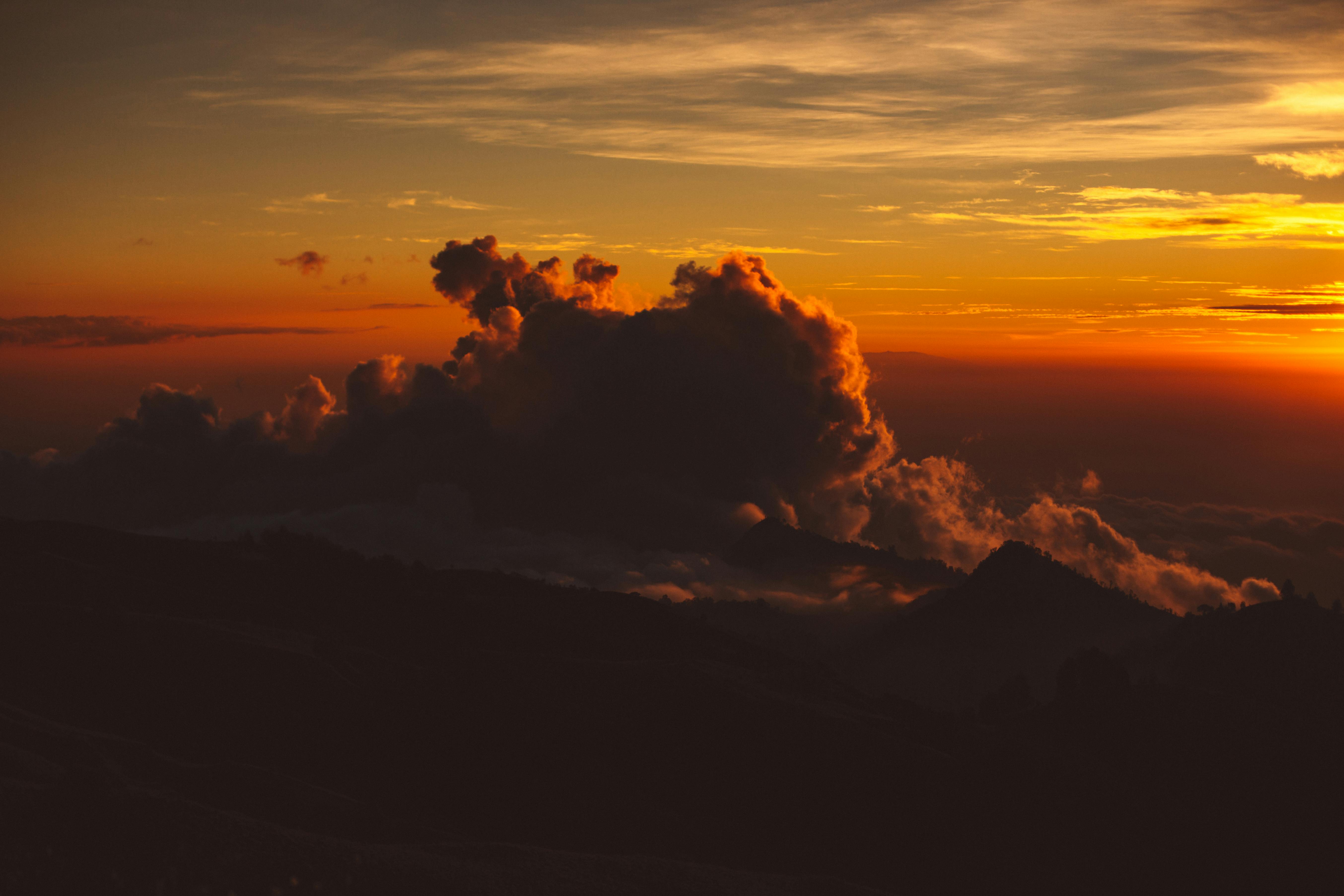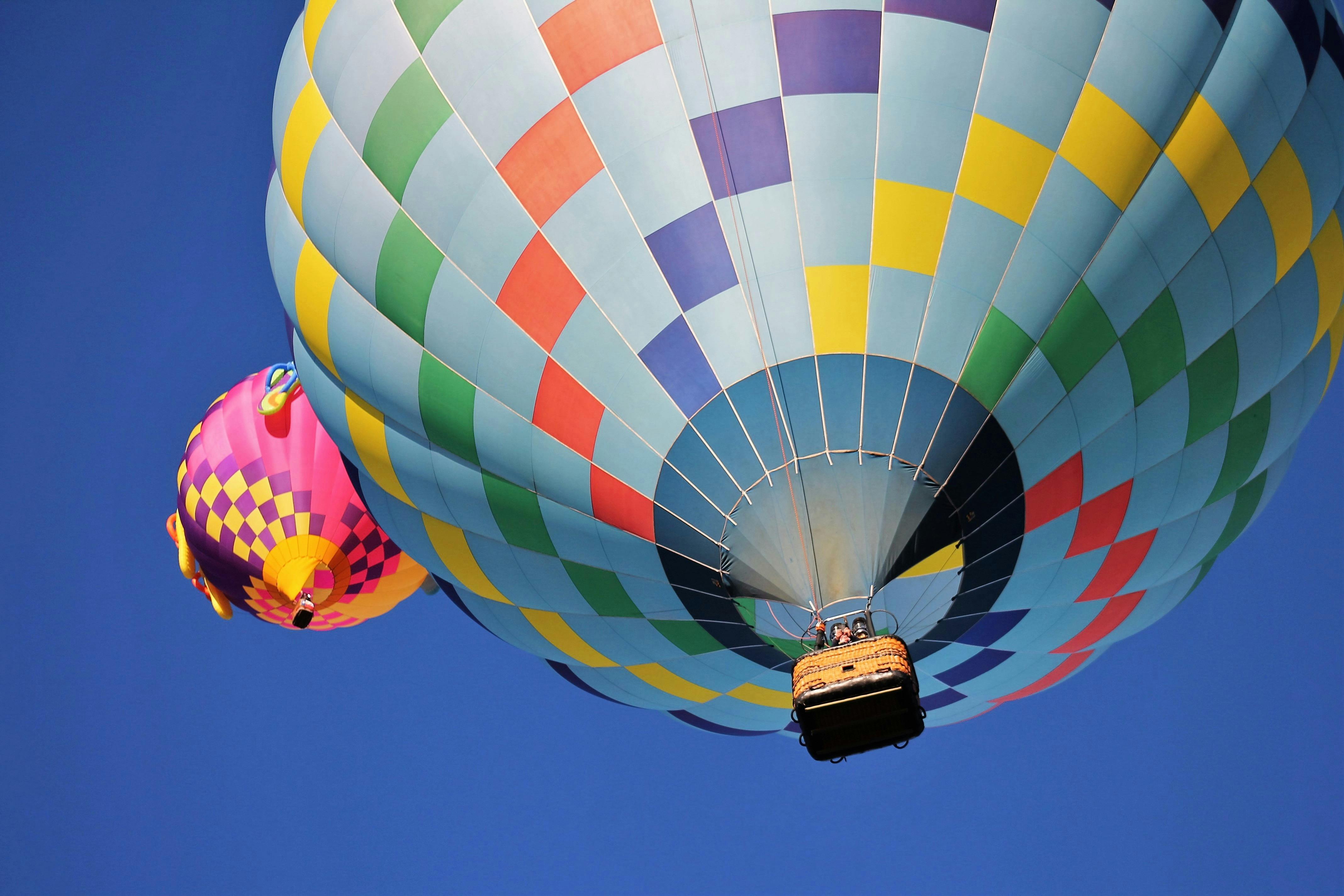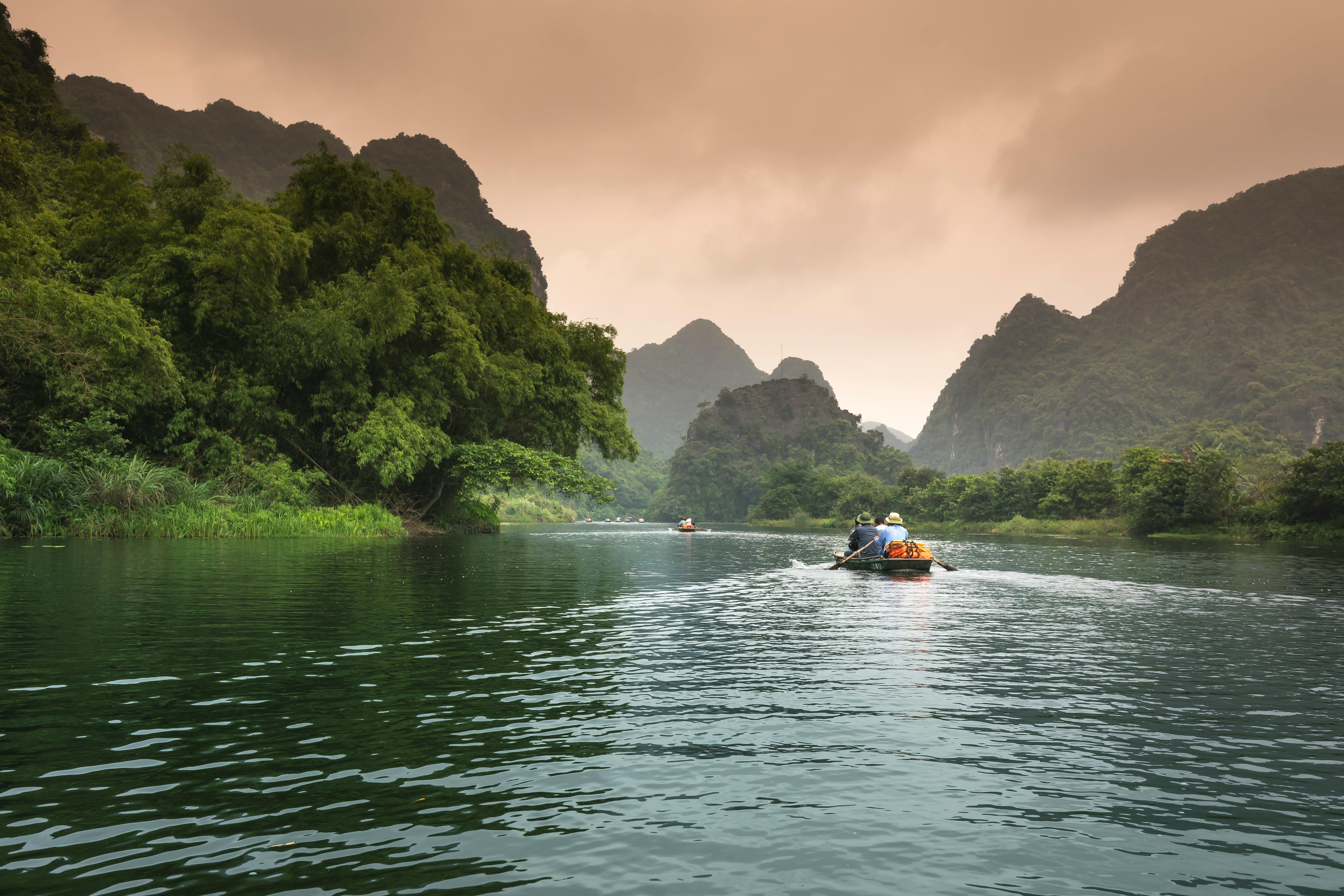I love to start trips on weekends. Traffic to escape Nairobi is clear and we don’t have to start a safari in a traffic jam. Emily and Lee conveniently started their journey to Mombasa on a Saturday morning, meeting up bright and early at Wildebeest Eco-Camp in Karen. It was a reasonably normal trip, therefore, to Amboseli. The only potential for disaster came when I shoved my foot firmly in my mouth with a cynical comment about the aid industry… only after I uttered the words did I remember that Lee works as a fundraiser for an NGO.
But his humor remained intact, even after the 22km of undulating road on the last stretch to the park (it’s nothing compared to the drive to the Maasai Mara, but without that as a comparison, 22km can be tiring too).
Our arrival at Kibo Camp was like a homecoming for Francis and me. First Charles, the supervisor, flashed a big welcoming smile when he saw us get out of the truck. Francis had only been there a few days before, but he was pleasantly surprised that they remembered me after several months.
We checked in and Charles generously gave us a new guest tent. The shops are paved with stone and covered with cowhide rugs. The four-poster bed in the center of the room is surrounded by a mosquito net that is installed during nightly turndown service while we dine. At the back of the tent is the bathroom with toilet and hot shower. The water is heated by solar energy, part of Kibo’s eco-friendly efforts. However, there is no time to stay in our luxurious tent; it was lunch time
When Francis and I entered the dining room, our old friend Gona was setting the table. When she turned and saw us, it was like meeting a long-lost friend. “Mama and Papa Overland” she yelled and shook hands with both of us vigorously. Nothing is too much trouble for Gona – as he says “my name is Gona and I am anger serve you.” Gona had christened us Mama and Papa Overland on my first visit to Kibo in 2013. The name tickled our tongues silently and we’re glad it’s stuck.
Safari in Amboseli
Emily and Lee had their first game drive that afternoon. They got lucky with an early lion sighting! Even better, it was a pair of lions on their honeymoon. Of course, they also saw many elephants and a hippopotamus with her baby out of the water.
Leaving our tents at sunrise the next morning, we were greeted by a perfect view of a bare Kilimanjaro. Generally covered in clouds during the day, early morning is the best time to see the mountain and Amboseli is the best place for those views. Francis took Emily and Lee to the park for a morning game drive. Over breakfast, Lee marveled at the incredible variety of birds they had seen during the trip, many of which they had never heard of, including the secretary bird. We all laugh at Francis’ impression of Secretary Bird as he hunts. The Amboseli National Park comprises a large swamp in the middle of a massive arid zone and therefore attracts many waterfowl including water rail, egrets, herons, ibis, kingfishers and plovers.
After breakfast we say goodbye to the amazing staff and drive back to Mombasa Road. The road between East Africa’s main port and the rest of the region is one lane in each direction, with some trucks hurtling along at hair-raising speeds, while others barely make it over the gentler inclines. It seems that the side mirrors are an unnecessary accessory and are rarely used. It’s not my favorite road to travel, so I like to turn around to talk to the people behind or pretend to sleep, anything to not stare at my impending doom over and over again! However, Francis is masterful and handles the madness of the other drivers with cool calm.
leopards and elephants
Our destination was Taita Hills and Lumo Sanctuary. It took us about six hours from Kibo to Taita Hills, but it was worth it when Sarova Salt Lick Game Lodge turned up. A herd of elephants made their way across the lodge’s pilings as they made their way to the watering hole. I had tried to describe what the water hole in the reception area is like, but it’s hard to understand that the elephants can be only a few meters away when you check in, until you get there!
Once you’re there, it’s even harder to get away from the incredible proximity you have with these beautiful creatures. However, after enjoying the sunrise over Kilimanjaro that morning, we felt it was a fitting end to a drink watching the sun go down over the mountain. The only problem was that we were distracted by a couple of lionesses feasting on a zebra on our way. By the time we got to Lion’s Bluff, the sun was almost gone. The thing about being so close to the equator is that sunset happens in about five minutes, not the two hours of romance we have in Melbourne! But Lion’s Bluff still has one of the best balcony bars in Africa, so we treated ourselves to a glass of wine anyway.
There is a rocky outcrop at Lumo Sanctuary where, on one of my first visits, another driver-guide told us he had just seen a leopard. We scoured the outcrop, circling it completely, looking for the leopard with no luck. On each subsequent visit I look for that outcropping desperately for the leopard. I look between the branches of the trees and in the cracks and crevices of the rocks, always suspecting that the leopard will be in the most difficult place to see and very much wanting to be the first intelligent cat to find it.
So the third day of the safari saw us on a morning game drive near this outcropping and I desperately craned my head to find the elusive leopard. As he carefully searched for the branches of a particularly large dachshund tree (a leopard’s favourite), everyone began to talk about something more remarkable: the large elephant that almost seemed to be trapped under the tree itself. if I had Really Did you miss that? He was perched somewhat tenuously on a ledge and chewing on the leaves of the sausage tree. As he backed away, his side rubbed against the rock giving an audible demonstration of how thick his skin must be. After watching him for some time and making sure he wasn’t really stuck, we continued our Leopard Rock loop.
I went back to looking in all the hiding places when, a minute later, Francis suddenly slammed on the brakes and said, “Leopard!” And there, resting in plain sight in a Pride Rock-style arrangement, was a leopard! Lucky! And we were the only ones there to enjoy this magnificent sighting. However, after several minutes, another truck approached, but too fast and too loud. The leopard jumped lightly from its rock hall and disappeared into the grass. (Note: Suggest your driver-guides to drive slowly in the parks, especially when approaching another vehicle that is obviously looking at something, so they don’t miss out on exciting sightings.)
Anyway, we were happy with our sighting and headed back to the lodge for breakfast. This morning the zebras were having their turn at the watering hole, but not before having a little chase with the elephants.
the kenyan coast
Then it was time to drive to Mombasa. To avoid driving through the city center, we took a detour at Mariakani and drove through rolling green hills. It turned into a bumpy road but the scenery was quite beautiful (apart from the large dumpster in one part). We finally made it to Nyali, where Francis and I got our bearings from the dentist’s office I had visited in 2013. As he had been under the influence of strong painkillers at the time, I suggested that he trust my instructions… and we finally got there. .
We had a great time with Emily and Lee and can’t wait to welcome them back in 8-10 years when they bring their little girl on safari!
For us, we found a place to camp and sat down with a cold Tusker and chatted about how long we were going to enjoy our beach vacation. The positive side of the decline in tourism in Kenya is that we didn’t have to rush back to Nairobi for the next safari… How lucky have we been?!!
After a quiet morning, we drive 11 kilometers north to Jumba la Mtwana, the ruins of an Arab trading port. It was very interesting; the guide taught us a lot. And it was so beautiful: ruins of stone and coral buildings among trees in so many shades of green. The port was active between 1350 and 1450 and has three mosques and many houses, including a kind of hotel for merchants who sailed.
In the morning before leaving for Nairobi, we visit the Bombolulu Workshop and Cultural Center. Established in 1969, Bombolulu is a craft workshop that employs people with disabilities. They design and produce jewelry, bags, clothing, wood carvings, and many other handicrafts. It’s a fantastic project that employs about 100 people (that number used to be 350 before the global financial crisis). Accommodation is provided for staff if they wish and there is a school and nursery for their children. Well worth a visit if you’re staying on the north shore.



